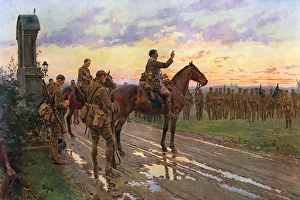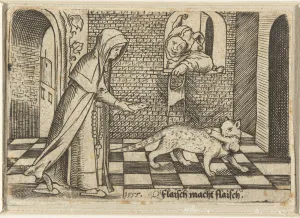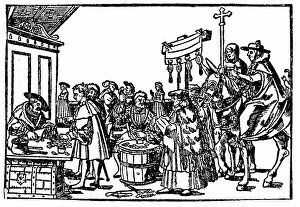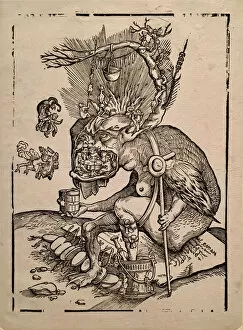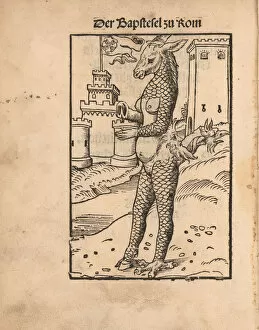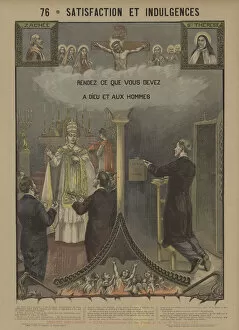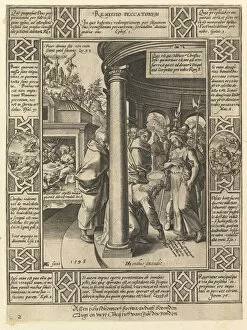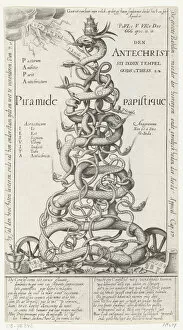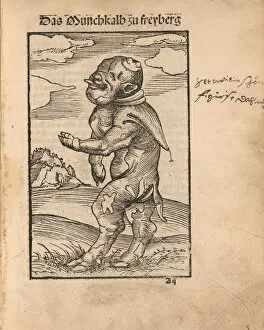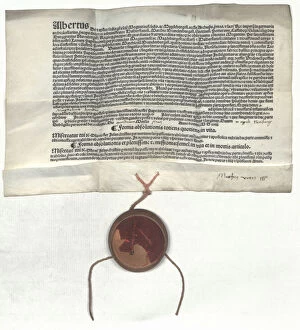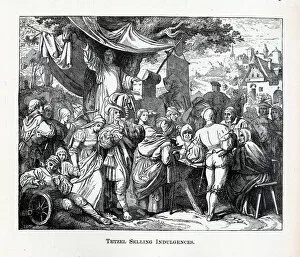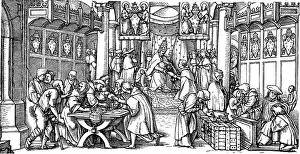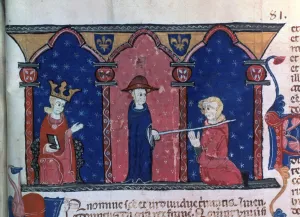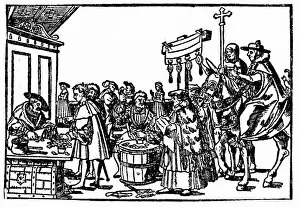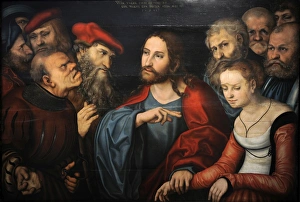Absolution Collection
"Absolution: A Journey of Redemption and Forgiveness Through Art" In the realm of art, absolution takes on various forms
All Professionally Made to Order for Quick Shipping
"Absolution: A Journey of Redemption and Forgiveness Through Art" In the realm of art, absolution takes on various forms, capturing the essence of humanity's quest for redemption. From historic masterpieces to satirical depictions, these hints shed light on the profound concept. Matania's "Last Absolution of the Munsters" portrays a poignant moment in war, where soldiers seek solace and forgiveness before their imminent fate. Fleisch macht Fleisch (Meat Gives Meat), 1555, a satire on indulgences, challenges societal norms by questioning whether they are be bought or earned. Der Bapstesel zu Rom (The Papal Ass or The Pope Ass of Rome), 1523, serves as a scathing critique on corruption within religious institutions. It reminds us that true absolution lies not in external rituals but in genuine repentance. Lucas Cranach the Elder's "Christ and the Adulteress" captures Christ's act of granting absolution to an adulterous woman with compassion and mercy. This timeless portrayal teaches us about forgiveness transcending societal judgment. "The Irish chieftain receives the priest's blessing before departing to fight against English oppression, " depicted in John Derricke's woodcut from The Image of Ireland (1581), showcases how faith provides strength during times of struggle. Monk Calf of Freiberg (Das Moenchskalb zu Freiberg) by Lucas Cranach delves into absurdity while highlighting themes such as hypocrisy and false piety. It prompts reflection on whether true they are coexist with deceitful actions. "Pilate washes his hands" is a powerful engraving from 1512 that symbolizes Pilate attempting to cleanse himself from guilt through symbolic gestures rather than facing personal responsibility for his actions. Vallotton & Goerg’s woodcut "Absolution" (1894) explores the complexity of seeking forgiveness and absolution within oneself.

